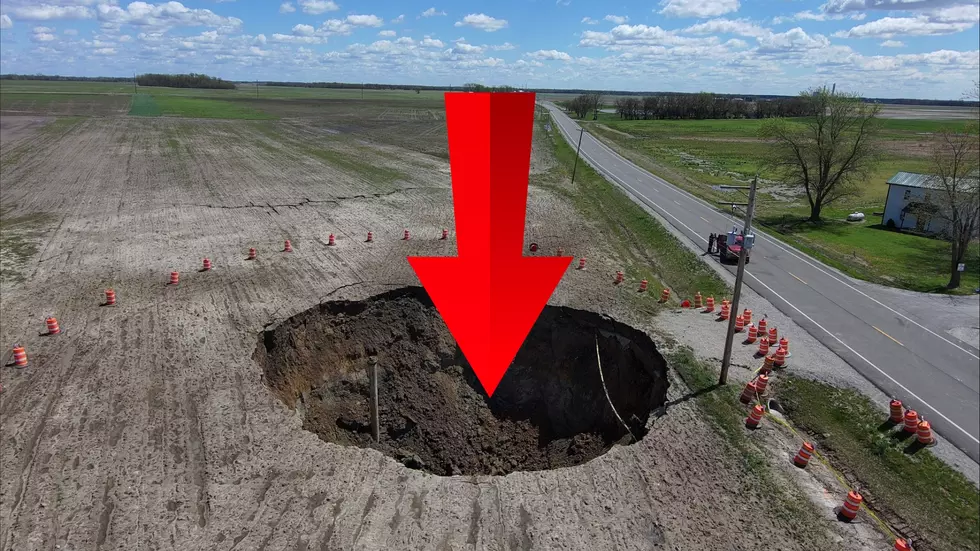Hog Producers Wonder What Happened
URBANA – The spring hog price rally has not occurred, and feed costs have now pushed to record-high levels. This combination is resulting in a disappointing period of financial losses this spring and summer that was not anticipated earlier this year.
“Hog prices normally shoot up in the spring,” said Purdue University Extension economist Chris Hurt. “In fact, in the past five years, live hog prices rose by an average of about $11 per hundredweight from early April to mid-May. This year, prices struggled to hold onto their early April levels in the low $60s.”
Hurt said the reasons for the lack of a spring rally are not totally clear. “Perhaps there was too much anticipation of high spring and summer hog prices earlier in the year. June lean hog futures, for example, reached levels equivalent to about $76 per live hundredweight in late February. This was just before the lean finely textured beef issue hit the media waves and sent livestock futures prices down. The lowest cattle futures prices came after more bad news announcing a fourth BSE cow on April 24. Lean hog futures then bottomed out about 10 days later,” Hurt said.
According to Hurt there were some negative fundamentals for hogs in the form of higher-than-expected pork production this spring that clearly contributed to the failure of the spring price rally. Hog slaughter in the first quarter had been near expectations with slaughter numbers up 0.6 percent and pork production up just 0.7 percent. Since the first of April, however, slaughter numbers have been up near 4 percent and pork production up near 5 percent.
“Clearly there were more hogs and higher weights than expected,” Hurt said. “While this is a bearish factor, it isn’t large enough to have caused the total failure of a spring rally. The lack of price increases does not seem to be related to weakened export demand either. Both pork and beef export data available do not show declines in foreign purchases. In fact, pork exports in the first quarter were up 16 percent.”
Hurt said there appears to have been excessive anticipation of very high hog and pork prices this spring, and several negative events have deflated that anticipation, leaving the possibility that a spring rally may still come. However, markets remain cautious until cash hog prices demonstrate they can move higher. Hurt believes this means that the outlook for hog prices has moderated.
“Early in the year, prices in the high-$60s were anticipated for spring and summer. Now that expectation is in the $63 to $65 range,” Hurt said. “Prices for the fall and winter quarters are anticipated to be in the higher $50s with prices in spring and summer 2013 returning to the low $60s. Meanwhile, feed prices have pushed up to record-high levels for this spring and summer.”
Hurt reported that the previous high for projected cost of production was for the third quarter of 2011 at $63.50 per live hundredweight. This spring and summer, total costs of production for farrow-to-finish operations are now expected to reach $65 to $66 with corn at $6.70 per bushel and high-protein soybean meal at $410 per ton. Hurt said this would leave losses of about $5 per head.
“Of course, there remains potential for wide fluctuations in both old-crop and new-crop feed prices,” Hurt said. “Even with a return-to-normal yields in the United States this summer, much lower feed prices starting this fall would only provide pork producers with a breakeven outlook extending throughout 2013. Breakeven does not sound encouraging, but that covers all production costs, including feed, a full labor return and full depreciation recovery on buildings and equipment,” he said.
Hurt said last fall and winter the hog outlook was more positive and may have caused some to be interested in expansion.
“I have consistently warned that producers should wait on expansion until the 2012 U.S. corn and soybean production was assured,” he said. “That’s even more important now that the hog price outlook is lower.”
Hurt concluded by saying that the wheat harvest is coming soon in some areas.
“Current price relationships in Illinois and Indiana show wheat and corn at roughly the same price per bushel,” he said. “Wheat normally has about 10 percent greater value in rations than corn on a per-bushel basis. Most of the wheat is sold at harvest in the eastern Corn Belt. Pork producers should be in contact with wheat producers to buy wheat directly from the field when possible.”
More From KHMO-AM 1070, News-Talk-Sports







